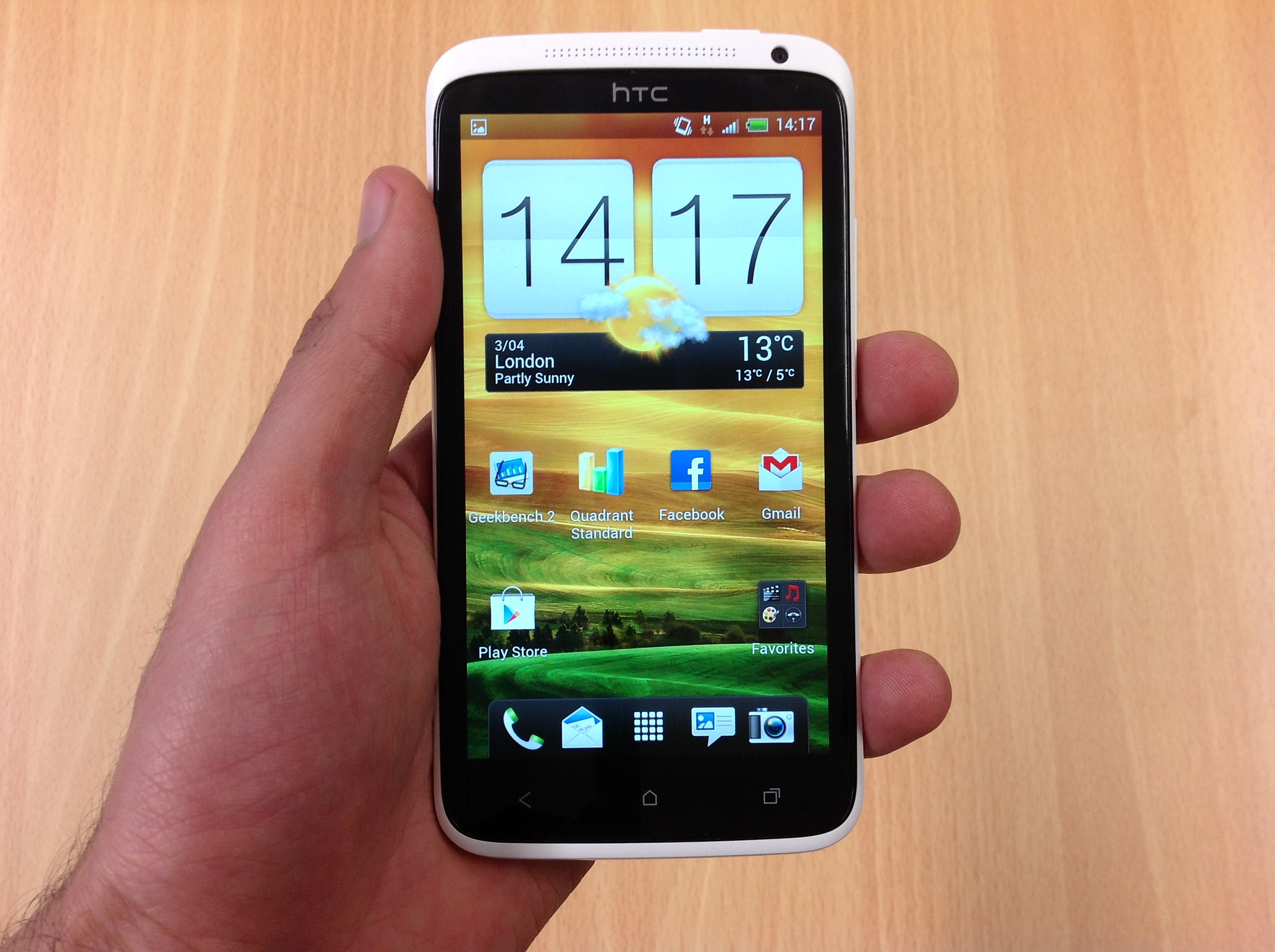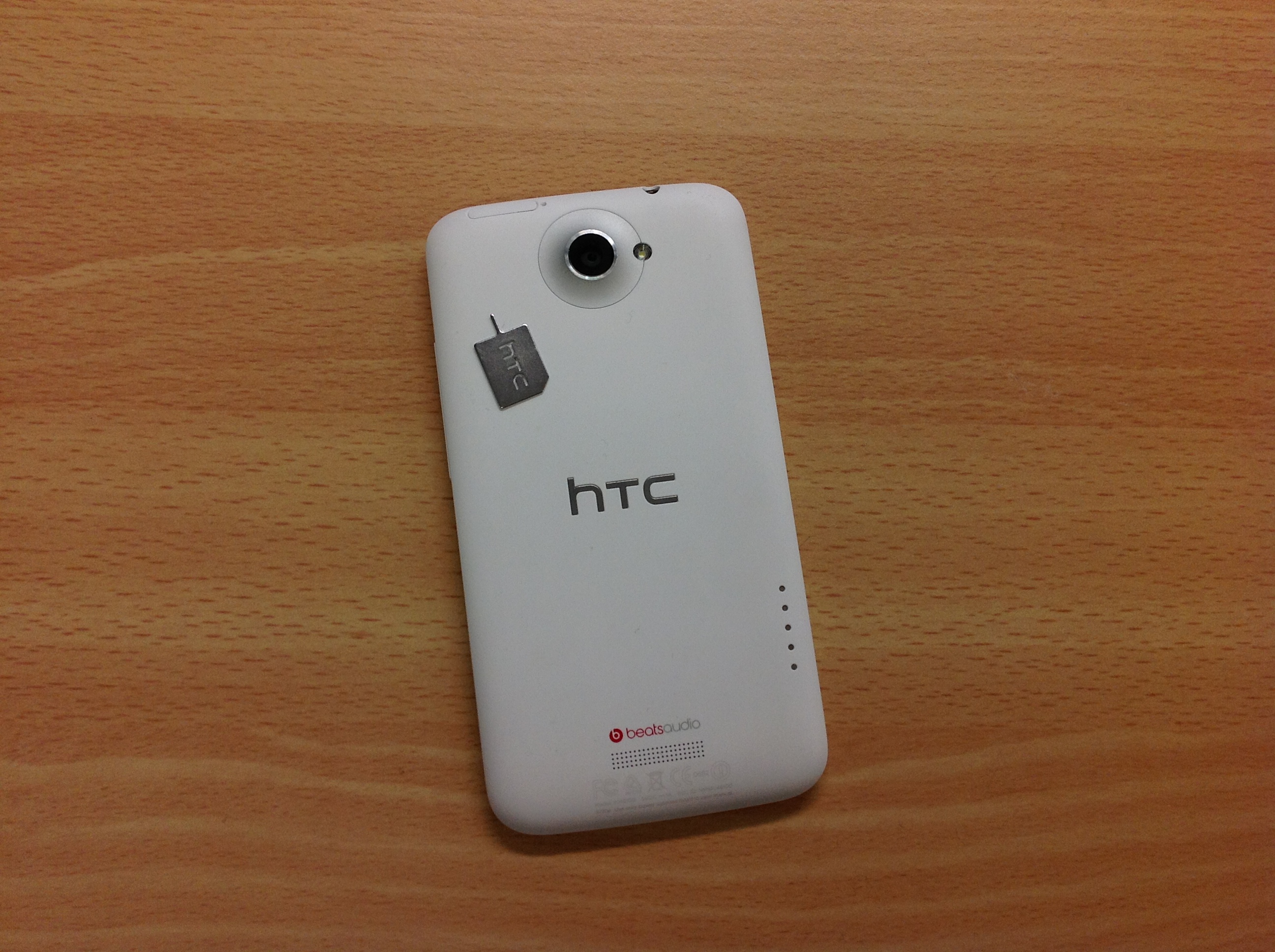HTC One X review
The flagship Android handset comes with a 4.7in screen, revamped Sense overlay and 8-megapixel camera. Khidr Suleman finds out whether HTC has done enough to overtake its rivals.
The One X is an excellent device that comes with a great screen and multimedia features. The Sense 4 interface makes it one of the best Android devices on the market from user experience standpoint. However, business users may still find battery life to be an issue especially as you can't swap out the battery.
Having released a flurry of devices during 2011, HTC appears to be taking a more measured approach this year - focusing on quality rather than quantity.
The firm debuted its One' range during MWC in February and the flagship handset - the One X - is now available.
HTC has tried to improve a number of areas including the processor, display, camera, interface and, perhaps most importantly, battery life. We take a look to see if the One X can unseat the Galaxy S II as king of the Android handsets.
Design

With a thickness of 8.9mm, the smartphone is a shade thinner than the iPhone 4S (9.3mm), but not quite as slim as the Samsung Galaxy S II (8.5mm). Despite the large size, the device easily fits into the palm of your hand, and the soft back makes it very comfortable to hold.
Volume rockers are on the right hand edge and a solitary micro-USB port is on the left hand side. HTC has opted to use a micro-SIM, so some users may have to get a new SIM from their operator when they upgrade. The firm also provides a handy little tool to get access to the pop out the tray. There is also a 5-pin connection on the back so the device can be slotted into a dock.

There are two colours available black and white. Our review unit came with white trim and back, which is our preferred choice.
The only real source of disappointment is the fact the back cover is sealed. We would have liked to have the option to replace the battery and extend the longevity of the device.
Get the ITPro daily newsletter
Sign up today and you will receive a free copy of our Future Focus 2025 report - the leading guidance on AI, cybersecurity and other IT challenges as per 700+ senior executives
-
 Westcon-Comstor and Vectra AI launch brace of new channel initiatives
Westcon-Comstor and Vectra AI launch brace of new channel initiativesNews Westcon-Comstor and Vectra AI have announced the launch of two new channel growth initiatives focused on the managed security service provider (MSSP) space and AWS Marketplace.
By Daniel Todd Published
-
 Third time lucky? Microsoft finally begins roll-out of controversial Recall feature
Third time lucky? Microsoft finally begins roll-out of controversial Recall featureNews The Windows Recall feature has been plagued by setbacks and backlash from security professionals
By Emma Woollacott Published
-
 The UK government wants quantum technology out of the lab and in the hands of enterprises
The UK government wants quantum technology out of the lab and in the hands of enterprisesNews The UK government has unveiled plans to invest £121 million in quantum computing projects in an effort to drive real-world applications and adoption rates.
By Emma Woollacott Published